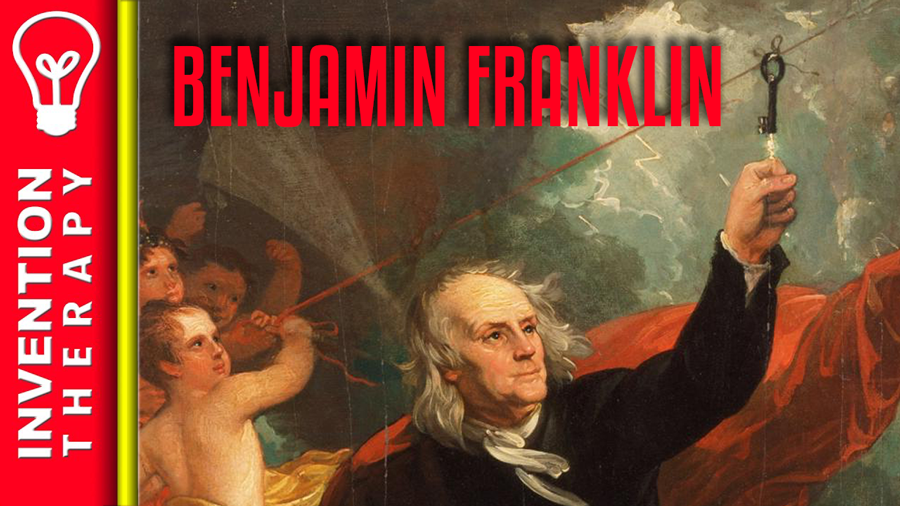Benjamin Franklin was one of the most prominent personalities in American history. Nowadays, he is known as one of the Founding Fathers of the United States of America, and a politician. Franklin was primarily a printer but was also an influential inventor, freemason, writer, philosopher, scientist, and diplomat later in his life.
Even though we tend to concentrate on inventions on this website, we shouldn’t focus solely on Franklin’s achievements in innovation but also for what he did for America. Franklin did create some exciting things, such as the Franklin stove, bifocals, the rocking chair, the armonica, the flexible catheter, and the American penny. Franklin’s achievements had far-reaching consequences – as one of the founding fathers, he propagated the freedom of speech and called for intellectual, political debate. These aspirations still bear an influence today.
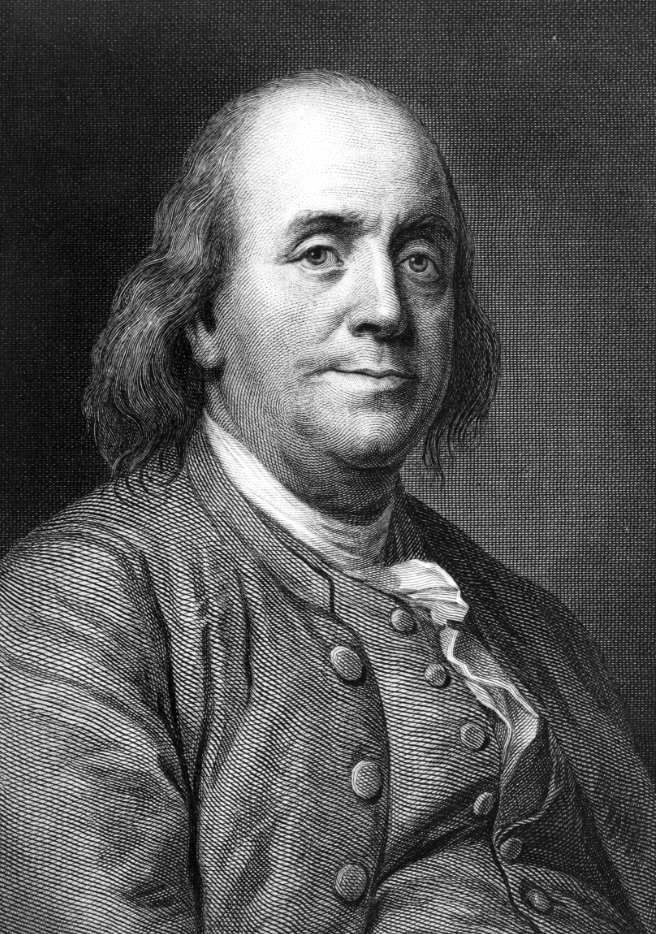
Benjamin Franklin’s Life
Franklin’s life development is an essential factor in his establishment as one of the most prominent personalities from the 18th century. Franklin had to fend for himself at a relatively early stage of his life, which undoubtedly had an impact on his life development. But it was his incredible mind and especially curiosity for many things that led him to become the personality that he was.
Childhood and Franklin’s Ancestry
Franklin was born to a large family. His father, Josiah Franklin, was originally from Northamptonshire, England. Josiah’s father was a blacksmith, while he was a candlemaker and a soaper. He moved to Boston in 1683 as he looked for new opportunities abroad. His wife, Anne Child, moved with him to Boston, but Anne died in 1689. Josiah married Abiah Folger in the same year. Josiah had seventeen children altogether; seven with Anne and ten with Abiah. Benjamin was the eighth child of Josiah and Abiah.
Benjamin Franklin was born on the 17th of January, in 1706, in Boston. The family lived in a house on Milk Street – this house is today adorned with Franklin’s bust to commemorate him. The family was heavily involved with religious matters – Abiah stemmed from a Puritan family that was one of the first Pilgrim families in America. The parents wanted Benjamin to become a spiritual personality, so they encouraged him to go to a school with clergy. But the family was not well-off and didn’t have the funds for Benjamin’s to continue schooling at the Boston Latin School.
Benjamin learned by reading. His schooling process was over when he was ten years of age. At that time, little Benjamin started working for a short time in his father’s candle making shop. He was more interested in reading books, so he started working with his brother, who owned a printing business. Benjamin Franklin was only 12 at the time.
Work For His Brother and Disagreements
Benjamin discovered his love for reading early on in his life. While working for his brother as a printer, he was able to work with something that he loved. His brother taught him the basics of printing and the methods used in the industry. James Franklin established the first independent courier in the colonies, while Benjamin helped him run the shop.
Even when he was an apprentice for his brother, Benjamin was a proponent of freedom of speech from an early age. His brother often got into trouble for spreading these ideas via his printed content. In 1722, James Franklin got arrested for publishing material that was deemed questionable by the authorities. Benjamin took over and continued with their policy of free speech. During this time, he set up a correspondence division of the courier, where correspondents would comment on politics. Benjamin wrote as his imaginary character, Silence Dogood, whose debates became one of the most popular sections of the courier.
When James was released, he learned about his brother’s actions and was angry with him. Soon, the brothers started arguing, but James, as the older brother, always prevailed. Benjamin was often treated harshly by his brother, and in 1723, Benjamin had enough. He decided to leave and move from Boston to Philadelphia. It was there that Benjamin did his most influential work.
An Adventurer
When Franklin moved to Philadelphia, he soon found a job as a printer. At the same time, Franklin was becoming more and more important in Philadelphia and was heavily involved with the community. He established connections with many prominent people of that time. One of them was the governor of Pennsylvania, Sir William Keith, who encouraged Franklin to travel to London and learn more about printing.
In 1724, Benjamin set off to London. While in England, he was looking for work as a printer. It was there that the American learned a lot not only about printing but also about the political environment in England. He remained a proponent of the freedom of speech and personal independence. He stayed in London for two years before moving back to Philadelphia to work as a shopkeeper for a merchant named Thomas Denham.
After moving back, Franklin strived to become more involved with the community of Philadelphia. He got acquainted with many like-minded people and personalities that worked within the trading industry. Benjamin was a leader, and he wanted to connect those people with the same ideals. He established the Junto community when he was only 21. It was a community where people got together and debated, and it was also a sort of a reading club. They collected books together and established a library. The Junto community became the center of scientific and intelligent power of Philadelphia.
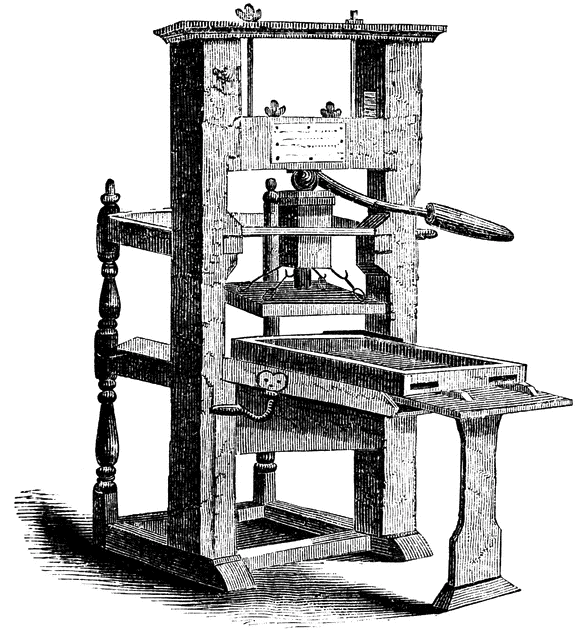
The Pennsylvania Gazette
With his connections, Franklin was able to establish a strong network of acquaintances by 1728. It was in this year that Franklin started a partnership with Hugh Meredith. Together, they published a newspaper called The Pennsylvania Gazette. Through the paper, Franklin was able to convey his ideas of freedom of speech and gained great respect among the intellectual elite of Philadelphia. Franklin achieved financial security, as it became one of the few but most profitable newspapers at that time.
Benjamin Franklin started publishing Poor Richard’s Almanack, which was a magazine that contained interesting content – weather forecasts, poems, quotes, and debates. It quickly became trendy, and it provided Franklin with an additional stream of income.
At the same time, Franklin’s influence within the Philadelphia community was snowballing. In 1732, he joined the Freemason community and became the grandmaster of masons in 1731. Franklin preached the importance of morals and freedom of speech in the city. He established a collection of books that he lent out to all people – this system soon evolved into a library. His Junto community expanded into an intercolonial society called the American Philosophical Society. Franklin held a reputation as an intellectual that was slowly but surely changing the colonies.
Benjamin Franklin and his Inventions
Many people tend to forget about Franklin’s inventions due to his widespread achievements in politics and the American culture. Franklin was, in fact, very interested in new designs and often studied scientific books. From his early childhood, Franklin was a voracious reader, which enabled him to learn many things by reading. Few of them fascinated him as much as the phenomenon of electricity.
Franklin was genuinely interested in improving the world with inventions. He wanted to create something that would benefit the world. Initially, Benjamin’s focus was on electricity; he was very fascinated by it, as it was a concept that many people have not grasped yet at the time. Franklin was a revolutionary in the true meaning of the word – not just in the political sphere, but in many areas of life. Among the most important ones was his inventive genius. Here, we will learn about Franklin’s best inventions.
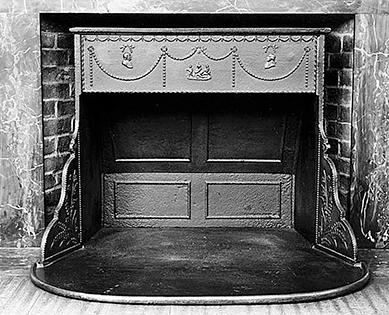
Franklin’s Stove
One of the first Franklin’s inventions was the stove. At the time, fireplaces were the most common source of heat within households and were used by the families for cooking. They were often quite unhealthy due to the smoke that they emitted but also were inefficient due to the amount of wood they required. Franklin saw the need to make an invention that would change the way the households were warmed. The stove used fewer resources as it recirculated the hot air from within the home, and it was more efficient than the fireplaces. The furnace became known as Franklin’s stove.
The Lightning Rod
His fascination with electricity became the source of many of his inventions. One of them was the lightning rod, which protected houses from being struck by lightning. A metal rod would be mounted on roofs of homes, and connected with a wire to a metal conductor buried deep into the ground. This system would prevent the lighting from striking into the house. Instead, it hit the rod, and the energy from the lightning conducted into the ground.
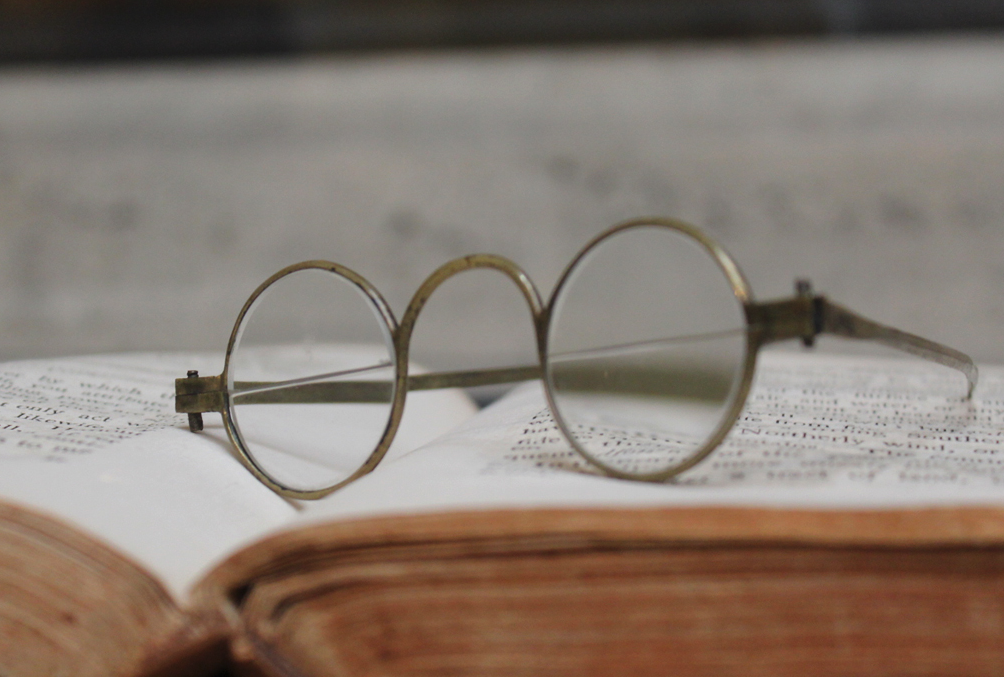
Bifocals
The bifocals was a convenient invention that he developed for himself to aide in reading. He noticed that he had to change glasses while often reading, which was somewhat annoying. For this reason, he invented the bifocals, which would enable him to use one type of glasses without changing them. He cut the lenses in half, and each half was attached or glued to the other half.
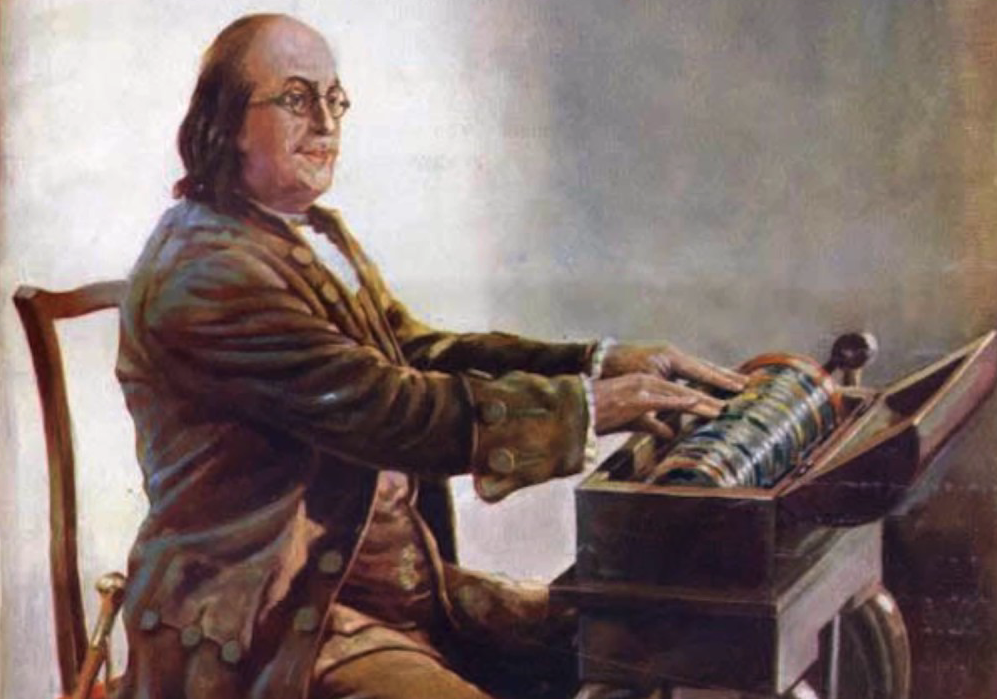
Franklin’s Glass Armonica
In 1761, Franklin shifted his inventive focus towards music. He wanted to create a new instrument that would be used by the world’s most talented musicians. Both Beethoven and Mozart used something similar at some point in their lives. The armonica produced sounds through glass bowls that were spun by a shaft.
Flexible Catheter
Franklin invented the flexible catheter in 1752 to help his brother, who was suffering from bladder stones. The catheters at that time were quite hard and painful. Franklin changed the rigid tubes with more flexible tubes, which eased the pain of the patients significantly. This useful but straightforward invention proved to be an advancement in medicine.
Additional inventions by Benjamin Franklin
- Improved Odometer
- Rocking Chair
- The American Penny
- Swim Paddles
- Divided Soup Bowl
Franklin’s designs were entirely practical. Still, they turned out to be very important later in the 18th century. He contributed to the world in so many ways, but he failed to patent his inventions. It led him to have no official patents to his name and not many profits from them, but his reputation increased significantly after these inventions.
Benjamin Franklin was also very interested in some scientific topics and studied them thoroughly. He was involved in issues such as meteorology, ocean currents, the concept of cooling, the effects of temperature on electrical conductivity, oil on water, and many more.
Franklin’s intelligence and work ethic saw him become such a widely-involved personality that it is quite hard to mention all of his achievements in one single article.
One of the Founding Fathers
Later in his life, Franklin became more involved in politics and held many important positions during his time. But it was his contribution to the mentality of the American population at the time that mattered most. He strived to connect all American colonies and often expressed this idea in writing.
Franklin was a promotor of America and its values abroad. He worked as the ambassador of Pennsylvania in France, where he promoted American ideals and all Americans. Franklin was crucial for repealing some acts by the British government, most notably the Stamp act. He was also the vital personality of the American Revolution and one of the giants in America’s history.
Franklin’s life can teach us many things. The most crucial characteristic that made Franklin so successful was his curiosity for new ideas. He was interested in so many things that it’s hard to see where he got the time to do it. But for his inventions, Benjamin Franklin studied the field of electricity thoroughly and made inventions with the power of knowledge. He always looked for designs that were practical and useful for ordinary people, not just for the big institutions and factories. He wasn’t looking for his profits but wanted to change the world for the better.

Are you ready to become an inventor?
Getting your idea out of your head and into your hands is only the first in a long set of steps towards becoming a successful inventor.

First Steps To A Successful Invention
At Invention Therapy, we believe that the power of the internet makes it easier than you think to turn your invention idea into a reality. In most cases, you can build a prototype and start manufacturing a product on your own. Changing your way of thinking can be difficult. Being an inventor requires you to balance your passion with the reality of having to sell your products for a profit. After all, if we can't make a profit, we won't be able to keep the lights on and continue to invent more amazing things!Please subscribe to our Youtube Channel!


